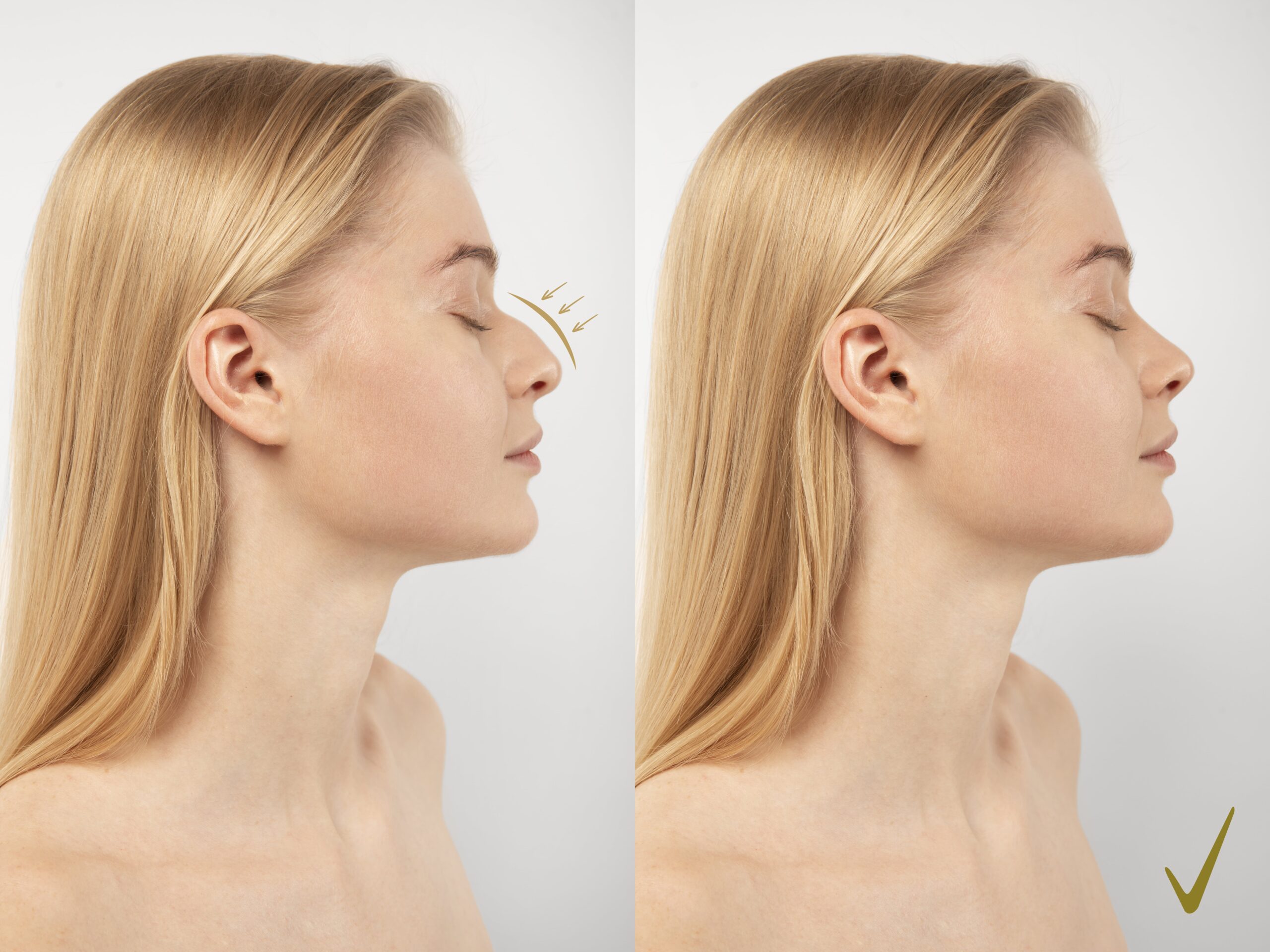
Refine your nose. Restore facial harmony. Breathe with confidence.
Rhinoplasty, commonly known as a “nose job,” is a surgical procedure that reshapes or restructures the nose for cosmetic or functional purposes. It can address concerns like a prominent nasal hump, a drooping tip, crookedness, asymmetry, or breathing difficulties caused by a deviated septum or collapsed nasal valves.
Rhinoplasty may be right for you if you:
Surgical rhinoplasty involves reshaping bone, cartilage, and soft tissue. It is performed using one of two techniques:
An incision is made across the columella (the skin between the nostrils), allowing the surgeon full access to the nasal framework.
Best for:
Benefits:
All incisions are placed inside the nostrils, so no external scarring is visible.
Best for:
Benefits:
This technique uses dermal fillers (usually hyaluronic acid) to correct shape and contour issues without surgery.
Best for:
Benefits:
Patients seeking subtle enhancement
Temporary lifting without surgery
Younger patients or first-time aesthetics patients
Improves proportions between the nose and other features like the chin, eyes, and lips—resulting in a more aesthetically pleasing profile.
Many patients experience a dramatic boost in self-confidence, particularly in social and professional settings or in photos.
Corrects breathing issues caused by nasal structure problems (e.g., deviated septum, valve collapse) leading to better airflow and sleep.
Surgical rhinoplasty provides permanent improvement. Once healed, the nose maintains its new shape for life, barring injury or trauma.
Modern rhinoplasty is highly tailored. The goal is a nose that fits your face—not a generic shape. Your surgeon considers your ethnicity, gender, and facial proportions.
Rhinoplasty also helps restore form and function after injury, or revise past procedures for a more satisfying result.
A skilled surgeon designs the new shape to blend with your natural facial features. The goal is to improve—not overchange—your appearance.
Mild to moderate discomfort is expected in the first few days, mostly due to nasal congestion. Pain is manageable with standard medication and usually subsides quickly.
Once healed, your surgical rhinoplasty result is permanent. Touch-ups or revision are rare and usually only needed for refinement.
Only open rhinoplasty leaves a visible scar—a small one under the nose—which typically fades well. Closed rhinoplasty has no visible scarring.
If breathing is a concern, your surgeon can address both cosmetic and functional issues during the same procedure.
It’s important to wait at least 12 months before evaluating the final outcome. If needed, revision rhinoplasty is an option for adjustments.
Avoid wearing glasses directly on the nose for at least 4–6 weeks after surgical rhinoplasty. Special taping techniques or cheek supports can help in the meantime.
Light walking is okay after a few days. Avoid strenuous activity, bending, and impact sports for 3–4 weeks to avoid swelling and bleeding.
Look for a board-certified plastic or facial surgeon with proven experience in rhinoplasty, especially if you’re considering revision or ethnic rhinoplasty.
Absolutely. Male rhinoplasty focuses on preserving masculine features while correcting concerns. It's one of the most common surgeries among men.
Cosmetic rhinoplasty is for shape and symmetry. Functional rhinoplasty corrects structural issues that interfere with breathing. Both can be addressed in a single surgery if needed.

Medipol University Hospital, being the justifiably proud of Medipol Education and Health Group in Turkey and in the world, resulting in this spirit, is a health complex having JCI standards accepting patients from all over the world.
TEM Avrupa otoyolu göztepe çıkışı no:1, 34214 Bağcılar/İstanbul